Inspired by the beautiful flying eagles and egrets images by Terri, felt twas time to study and learn how to shoot flying birds.
So , yesterday 17Apr2013, off to McArthur lake with my Nikon D300 and 70-300mm F/4-5.6G lens. Not knowing what settings are suitable for flying birds, I set my cam to Aperture mode first ( post manual mode later on) with the following : F/8 :1/500s, ISO200, lens set to 100mm.
autoWB ( later changed to Direct Sunlight in editing). Focus Mode:AF-C, AF-Area Mode:Single. Release mode:CH. Matrix Metering. Active D-Lighting:Normal. Picture Control:VIVID, pp/viewNX2 only.
Here are some results. They are in sequence because I pressed shutter continuously.
The D300 and lens seemed heavy. The 70-300mm lens seemed slow and its motor quite audible. Maybe will try with the lighter D5100 + 55-200mm next time.
Thanks.
Results 1 to 20 of 20
Thread: Birds: studying how to shoot
-
18th April 2013, 11:51 PM #1

- Join Date
- Jul 2011
- Location
- Lake Ambulalakaw, Mt. Pulag, Benguet
- Posts
- 1,026
- Real Name
- Victor Nimitz
Birds: studying how to shoot
Last edited by nimitzbenedicto; 19th April 2013 at 02:09 PM.
-
19th April 2013, 01:23 AM #2
Re: Birds: studying how to shoot
Victor,
I'm flattered and happy to have some of my images be an inspiration for someone to try something new. If this is your first attempt at flying birds, you've done really good. My first flying birds were not nearly as good. I got a lot of great advice in THIS THREAD that I posted a while back. I'm not that familiar with Nikon so I'm not sure what some of your settings mean. Most of my flying birds are shot at a minimum of 1600 shutter speed. Some of the other guys will chime in, but many of them suggest even higher depending on the light and how fast the bird is. A hawk flying past will require a faster speed than a Great Blue Heron gliding overhead. Looks like you did fairly well at only 500 with that gull but your camera will probably do fine at a higher ISO than 200 so you could use a higher shutter speed.
If this is your first attempt at flying birds, you've done really good. My first flying birds were not nearly as good. I got a lot of great advice in THIS THREAD that I posted a while back. I'm not that familiar with Nikon so I'm not sure what some of your settings mean. Most of my flying birds are shot at a minimum of 1600 shutter speed. Some of the other guys will chime in, but many of them suggest even higher depending on the light and how fast the bird is. A hawk flying past will require a faster speed than a Great Blue Heron gliding overhead. Looks like you did fairly well at only 500 with that gull but your camera will probably do fine at a higher ISO than 200 so you could use a higher shutter speed.
Anything further, I'll defer to the guys who have much more experience and a higher success rate than me. Looking forward to more from you.
Looking forward to more from you.
-
19th April 2013, 01:37 AM #3
Re: Birds: studying how to shoot
I too, think they are terrific photos... Great colour, sharp and clear.. Nice lighting.
Terri, I just saw your heron shots on a post... They are gorgeous!
-
19th April 2013, 03:19 AM #4

- Join Date
- Jul 2011
- Location
- Lake Ambulalakaw, Mt. Pulag, Benguet
- Posts
- 1,026
- Real Name
- Victor Nimitz
Re: Birds: studying how to shoot
Hi Terri and Christina,
Thanks for your encouraging words. Really appreciate it.
Btw, checked out that link of your thread, Terri. Going thru it now and re-reading it thoroughly and visualizing how to implement the various advice/ideas in it for future bird shots. Especially, the higher shutter speeds/ISO. Avoidance of too much cropping and so much more. Some of the guys who posted there mentioned your images lack focus/clarity. Somehow I quite find it the opposite. Anyways, will continuously study your images/threads for more tips/advice.
Thanks......
-
19th April 2013, 03:39 AM #5
Re: Birds: studying how to shoot
Hi Victor!
Though I have shot a few birds just for fun, I'm not a big bird guy! So I'll leave it to the plethora of bird photographers who reside here! They look good to me but I'd probably do some framing (crops) on them for compositional purposes.
But I'll will make another comment if I may? You have some sensor dust (dust bunnies) showing consistently in your shots.
-
19th April 2013, 08:27 AM #6

- Join Date
- Jul 2011
- Location
- Lake Ambulalakaw, Mt. Pulag, Benguet
- Posts
- 1,026
- Real Name
- Victor Nimitz
Re: Birds: studying how to shoot
Here's another set looking at the seagull's landing.
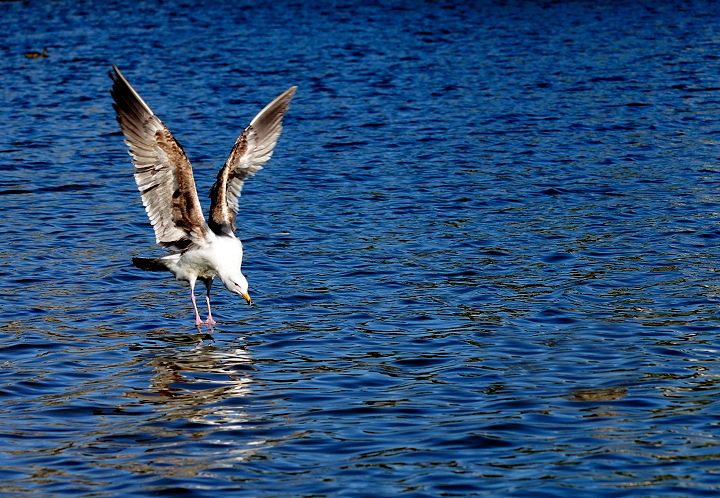
Nikon D300. Lens:70-300mm F/4-5.6G @100mm. Focus Mode:AF-C, AF-Area Mode:Single. Release mode:CH. Aperture mode: F/8 :1/500s, ISO200, autoWB . Matrix Metering.
Active D-Lighting:Normal. Picture Control:VIVID. pp/viewNX2, gimp2.8 .

Nikon D300. Lens:70-300mm F/4-5.6G @122mm. Focus Mode:AF-C, AF-Area Mode:Single. Release mode:CH. Aperture mode: F/8 :1/800, ISO200, autoWB . Matrix Metering.
Active D-Lighting:Normal. Picture Control:VIVID. pp/viewNX2, gimp2.8 .
-
19th April 2013, 09:36 AM #7
Re: Birds: studying how to shoot
Very nice images. I'm sure the 55-200mm will benefit you in terms of agility but may limit you in terms of focal length, however since you shot most of these between 100-135mm it may not matter. Since you have two cameras why not try focusing manually with one of them? That would help with the performance of the lens, although might slow you down having to switch cameras so often. Your panning skills are awesome so you shouldn't have a problem there.
-
19th April 2013, 08:54 PM #8

- Join Date
- Jul 2011
- Location
- Lake Ambulalakaw, Mt. Pulag, Benguet
- Posts
- 1,026
- Real Name
- Victor Nimitz
Re: Birds: studying how to shoot
Hi John,
Here are some shots in "manual mode". Which are the first shots I did. ( Aperture was the 2nd set.)

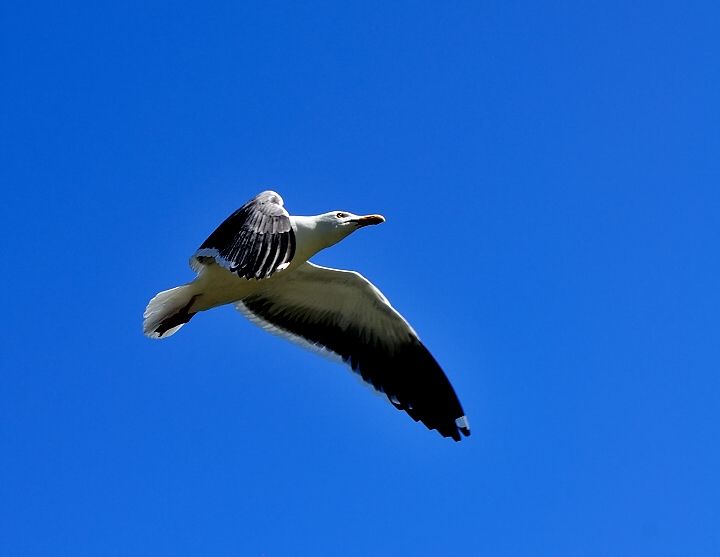
D300. Manual mode: lens: 70mm. F/8 :1/500s, ISO200, autoWB.
Focus Mode:AF-C. AF-Area Mode: Single .
Matrix Metering. pp/viewNX2,noise reduction via Helicon Filter 5
note: While in "Manual mode: I noticed , altho in continuous click mode, the shutter wasn't clicking fast enough while panning.
I guess it was because the custom settings: a1 AFC priority selection was set to "focus" and
a2 AFS priority selection was set to "focus". meaning, it won't click unless in focus.
So, when I changed over to Aperture mode, I also changed the cam's custom settings:
a1 AFC priority selection to "release+focus" and a2 AFS priority selection was set to "release". Afterwhich, it clicked faster. Even then, there were only a few OOF.
Thanks
-
19th April 2013, 09:28 PM #9
Re: Birds: studying how to shoot
#8 looks pretty perfect to me...
-
19th April 2013, 11:36 PM #10
Re: Birds: studying how to shoot
I agree with Christina, that manually focused shot looks very good and hopefully it gave you a few nanoseconds more speed with your current lens.
-
27th April 2013, 08:29 PM #11

- Join Date
- Jul 2011
- Location
- Lake Ambulalakaw, Mt. Pulag, Benguet
- Posts
- 1,026
- Real Name
- Victor Nimitz
Re: Birds: studying how to shoot
.
testing Nikon D5100 + VR 55-200mm F/4-5.6G lens shooting birds. McArthur park, 26April2013.
Results look ok for static or stationary birds like those below.
But flying birds, awful. Dynamic Area Focus very hard to focus. Shooting in burst mode. Many OOF shots (will post flying bird shots later).
Will try and see if using AFC and Single area gets better results next time.
[ btw, maybe someone knows what kind of bird this is. Red eyes and has a white lone feather/plume. Thanks ]

handheld: lens @200mm. Aperture mode: f8, 1/200, ISO100. autoWB. matrix metering.
Focus Mode: AF-C . AF-Area Mode: Dynamic. pp/viewNX2, Helicon Filter 5 ( NR & Sharpen)
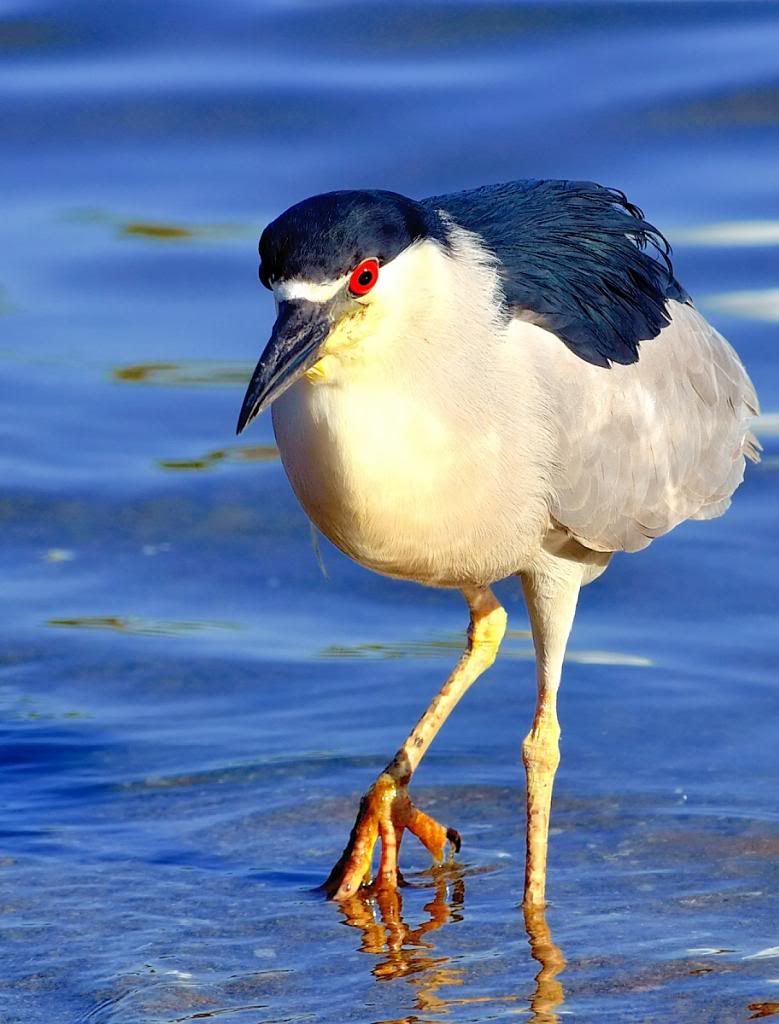
handheld: lens @200mm. Manual mode: f8, 1/800, ISO140. autoWB. matrix metering.
Focus Mode: AF-C . AF-Area Mode: Dynamic. pp/viewNX2, Helicon Filter 5 ( NR & Sharpen)
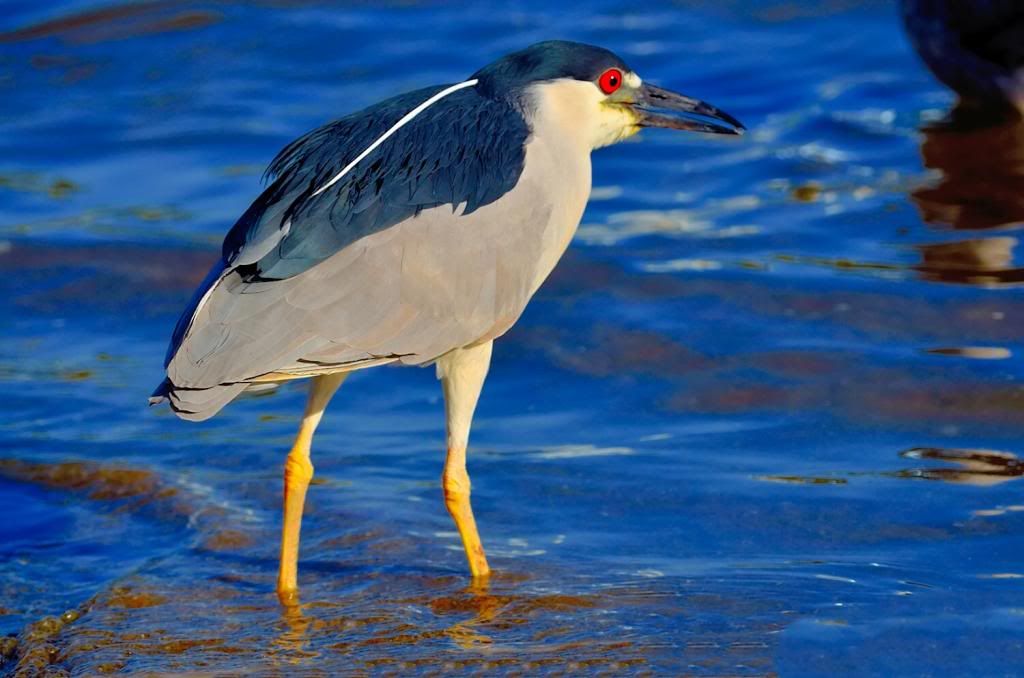
handheld: lens @200mm. Manual mode: f8, 1/800, ISO140. autoWB. matrix metering.
Focus Mode: AF-C . AF-Area Mode: Dynamic. pp/viewNX2, Helicon Filter 5 ( NR & Sharpen)
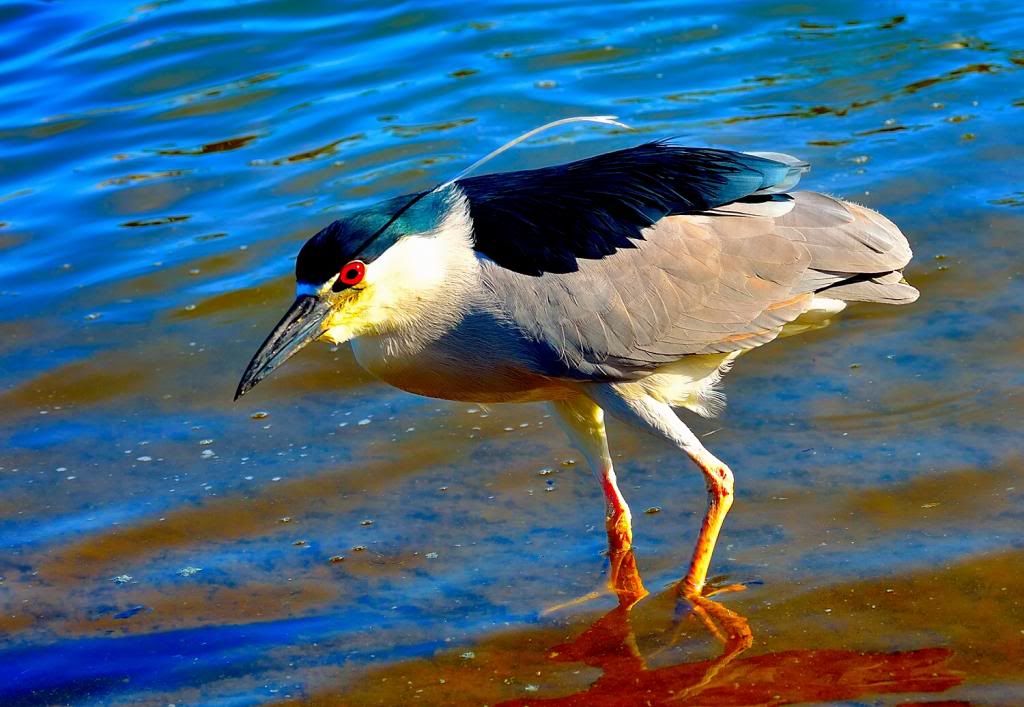
handheld: lens @200mm. Aperture mode: f8, 1/160, ISO100. autoWB. matrix metering.
Focus Mode: AF-C . AF-Area Mode: Dynamic. pp/viewNX2, Helicon Filter 5 ( NR & Sharpen)
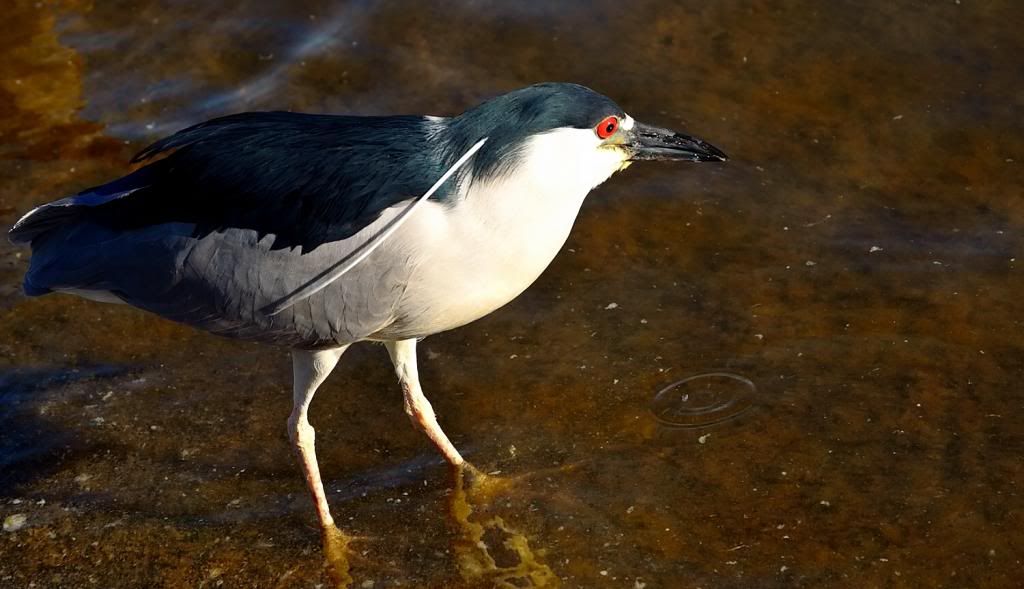
handheld: lens @200mm. Aperture mode: f8, 1/200, ISO100. autoWB. matrix metering.
Focus Mode: AF-C . AF-Area Mode: Dynamic. pp/viewNX2, Helicon Filter 5 ( NR & Sharpen)Last edited by nimitzbenedicto; 27th April 2013 at 08:36 PM.
-
27th April 2013, 09:52 PM #12
Re: Birds: studying how to shoot
Wow, your focusing skills are great (something I struggle with)... also great detail. I would prefer softer lighting but I'm just learning too, so wait to hear from others.
I think it is a tri-coloured heron but I'm not positive.
Love the composition of the 2nd shot.
-
28th April 2013, 09:48 AM #13
Re: Birds: studying how to shoot
Number 2 is my favourite.
It's a black crowned night heron who's had a slight accident. It should have two plumes
-
28th April 2013, 12:00 PM #14
Re: Birds: studying how to shoot
Hi Victor,
As others have said, a very good start, welcome to the "CiC birders club"

Looking at the black crowned night heron shots; do watch your exposure, they are nearly all blown in some area or other and this will lose you detail. If you are not using blinkies and the RGB (not luminance) histogram to review, you may not see this (until it's too late). However, it is also possible something is 'going wrong' in PP causing it.
The only black crowned night heron's I have ever shot were in an aviary in a zoo - I don't think they are native here in UK.
Good compositions and focus (on all of them).
Cheers,
-
28th April 2013, 06:18 PM #15

- Join Date
- Jul 2011
- Location
- Lake Ambulalakaw, Mt. Pulag, Benguet
- Posts
- 1,026
- Real Name
- Victor Nimitz
-
28th April 2013, 06:20 PM #16

- Join Date
- Jul 2011
- Location
- Lake Ambulalakaw, Mt. Pulag, Benguet
- Posts
- 1,026
- Real Name
- Victor Nimitz
Re: Birds: studying how to shoot
-
28th April 2013, 07:57 PM #17
Re: Birds: studying how to shoot
My congratulation Victor
beautiful pics. You got the heron very close, I'm very jealeous

-
29th April 2013, 06:10 AM #18

- Join Date
- Jul 2011
- Location
- Lake Ambulalakaw, Mt. Pulag, Benguet
- Posts
- 1,026
- Real Name
- Victor Nimitz
-
29th April 2013, 03:33 PM #19
Re: Birds: studying how to shoot
Hello Victor, good detail on these images. I see some things I would do differently but that is personal to my tastes. The images that have blue water appear oversaturated, I would tone back the blue and the contrast. When I started I fell into that trap having all the sliders and thinking I had to use them all, making my images oversaturated with too much contrast. Now I prefer a more subtle natural look. I came to that opinion by searching notable bird photographers websites on the internet and studying their images. How were mine different, what made their images better? I discovered they used light better, they did not over-saturate and the composition was better. I still look at other bird photographers websites and try to learn from them.
Regarding shooting birds in flight here is how I have my camera set up. I use Auto White Balance, most times not changing that in post processing. I use Nikon's Matrix Metering, adjusting the exposure in post processing with Adobe Lightroom 4 Basic Module and the Point Curve. I use a minimum shutter speed of 1/2500 and a aperture of f8 unless it is a group of birds where f/16 would be more appropriate for increased depth of field. I have the above set for the Manual mode. I shoot most of my images using Aperture Priority mode, the only time changing is for flying birds which is just one click to get to Manual mode. My autofocus is set to AF_A and Dynamic mode with the center focus point active. I try to keep the center focus point on the bird but if I stay then the Dynamic mode will choose another focus point to use.
I have the screen showing blown highlights a black blinkies active so at a glance I can see if white highlights on a bird are blown. Knowing that red blows out as easy as white if I am shooting a red bird (such as a Cardinal) I will also watch the red channel carefully. For a stationary bird most times this can be checked. For a flying bird the action is too fast to check so when raising the camera my right hand is on the EV button lowering the exposure (-1 in most instances) while my left hand is switching from Aperture Priority to Manual Mode. I have done this so often it happens automatically. I can always bring the whites up to correct exposure in post processing but if the highlights are blown nothing can retrieve the lost detail... it just becomes a white blob.
I apologize for rambling on but maybe what I have learned can shorten your time learning.
-
29th April 2013, 10:45 PM #20

- Join Date
- Jul 2011
- Location
- Lake Ambulalakaw, Mt. Pulag, Benguet
- Posts
- 1,026
- Real Name
- Victor Nimitz
Re: Birds: studying how to shoot
Hi Joe,
Absolutely will shorten my learning time. I'm now going over your post to see how I can apply its salient points such as: 1/2500, use blinkies alert more, red blows out easily like white, Aperture to Manual switching, EV adjusting to compensate, saturation and so on.
If you have time, please do post some more. I'm sure Christina and others will also benefit from your expertise.
Thanks
Victor

 Helpful Posts:
Helpful Posts: 
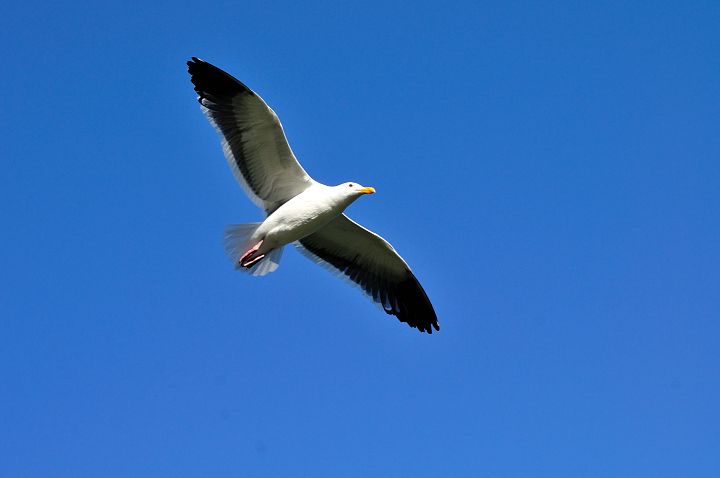

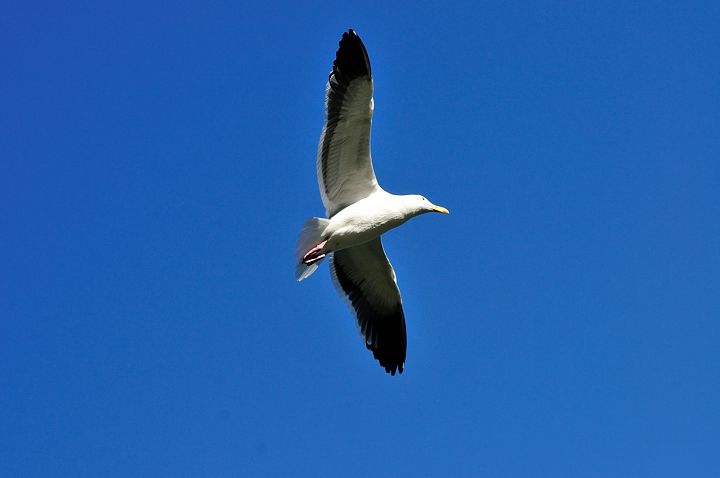
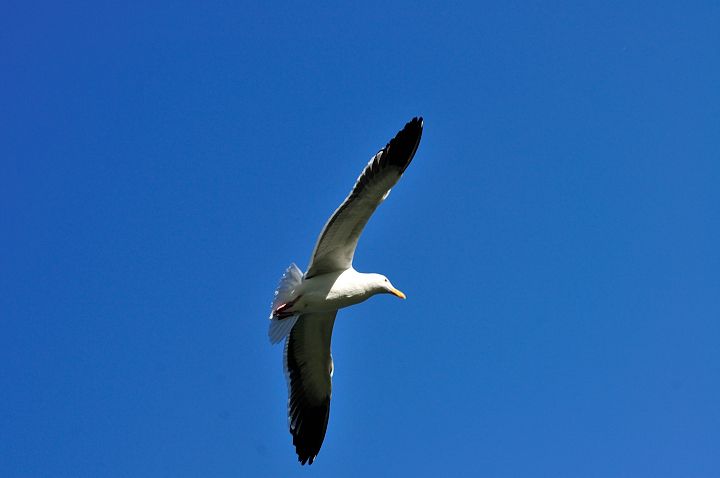

 Reply With Quote
Reply With Quote
